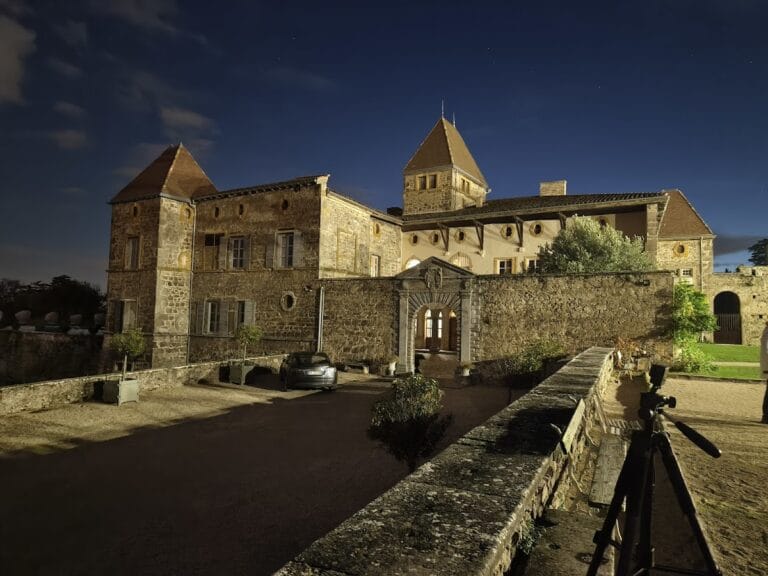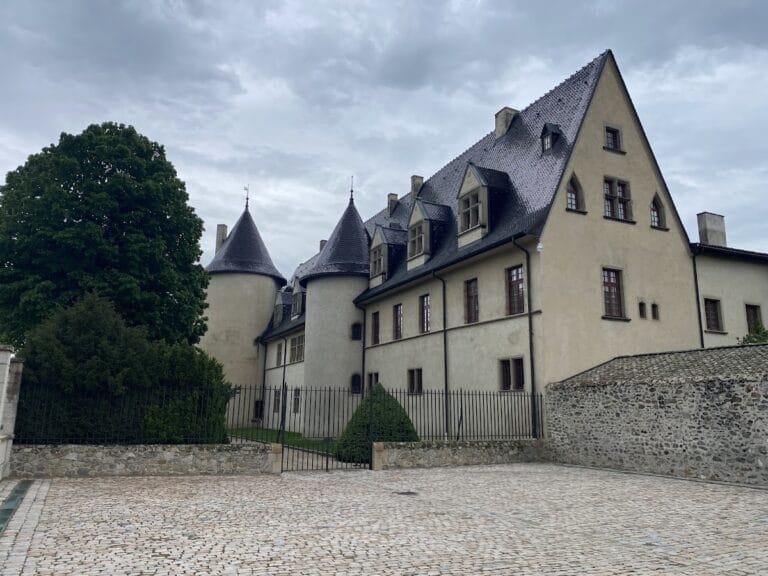Château-fort de Seyssuel: A Medieval Fortress in France
Visitor Information
Google Rating: 4.3
Popularity: Very Low
Country: France
Civilization: Unclassified
Site type: Military
Remains: Castle
History
The Château-fort de Seyssuel stands in the municipality of Seyssuel, France, and dates back to the 12th century. It was constructed by the bishops of Vienne, serving as a fortified residence that combined both religious authority and feudal power during the medieval era. Positioned on a rocky cliff known as La Roche-Piquée, the castle overlooked the Rhône River, securing control over important transportation routes in the region.
During the late Middle Ages, the castle became a focal point of conflict. Jean de Torchefelon, lord of Montcarra, set the fortress ablaze in defiance of Thibaud de Rougemont, the archbishop of Vienne. This act of rebellion illustrated the tensions between local lords and ecclesiastical rulers that characterized the period. After being destroyed by fire, the castle was reconstructed and maintained its role as a defensive and administrative stronghold.
In the mid-16th century, the castle faced its most significant destruction amid the French Wars of Religion. Huguenot forces seized and completely dismantled the fortress, ending its active use. Following this event, the Château-fort de Seyssuel was never rebuilt. Centuries later, recognizing its historical importance, the ruins were designated as a protected historic monument in 1994.
Remains
The remains of Château-fort de Seyssuel consist chiefly of a square keep, also known as a donjon, and fragments of the main residential building’s walls. These remnants continue to command a view above the Rhône River, reflecting the site’s original strategic purpose. The castle occupies the rocky promontory called La Roche-Piquée, a natural defensive position that overlooks significant modern infrastructure, such as the nearby A7 highway and the Paris-Lyon-Marseille railway.
Constructed in the 12th century, the fortress was built using local stone, incorporating traditional medieval masonry techniques. The square donjon, a central feature designed for defense and residence, remains the most prominent surviving structure. Sections of the walls from the living quarters also persist, hinting at the castle’s layout and scale. Over the centuries, while much of the castle was dismantled or destroyed, these key elements have endured in situ, offering valuable insight into medieval architecture in the region.
Today, the ruins are regarded as the best-preserved medieval castle remains within the Isère department. Although privately owned and accessible only by footpaths, the visible structures remain a testament to the site’s medieval origins and its layered history of occupation, destruction, and survival.










